You are here
Southern Oregon Coast + Rogue River, Oregon
Central Oregon Coast, Oregon
Southern Oregon Coast + Rogue River, Oregon
Southern Oregon Coast + Rogue River, Oregon
Southern Oregon Coast + Rogue River, Oregon
Southern Oregon Coast + Rogue River, Oregon
Umpqua River Estuary
Oregon Dunes National Recreation Area

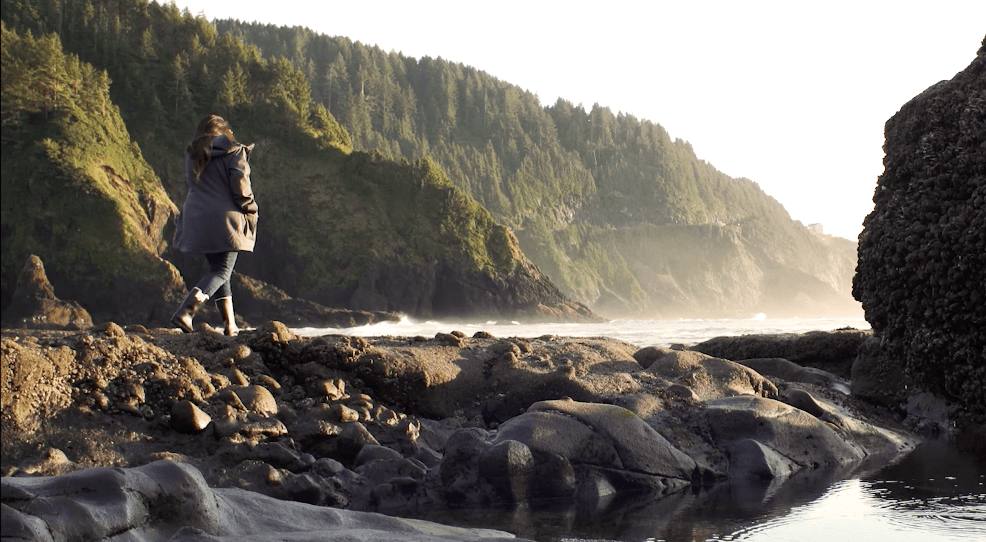
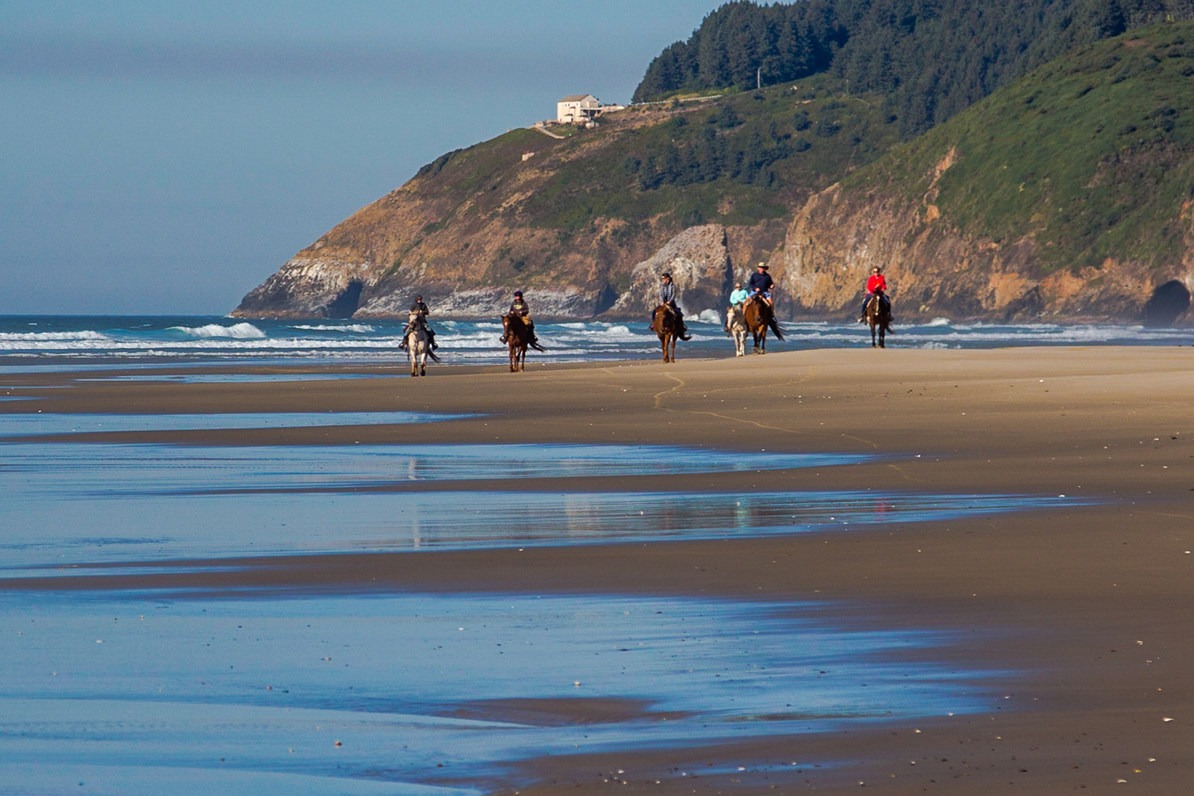
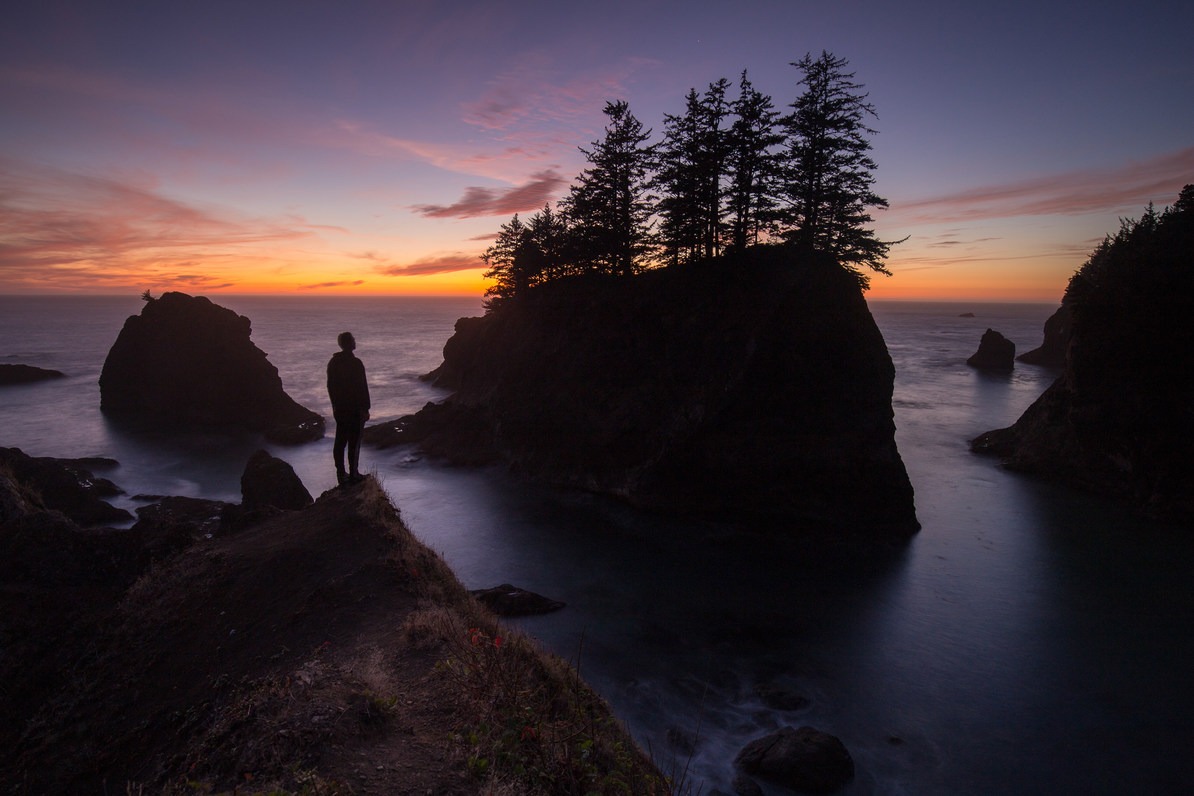

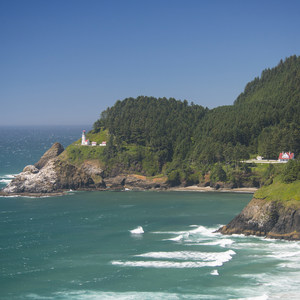
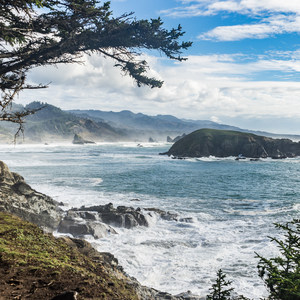
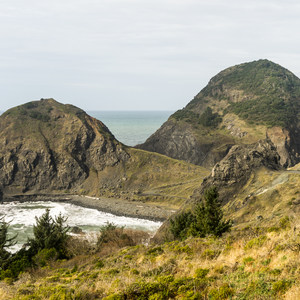
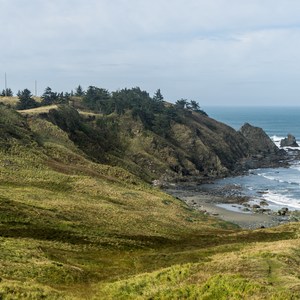
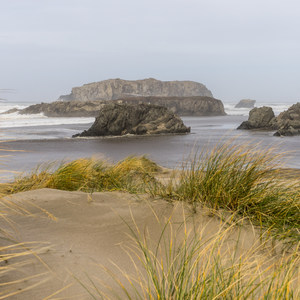
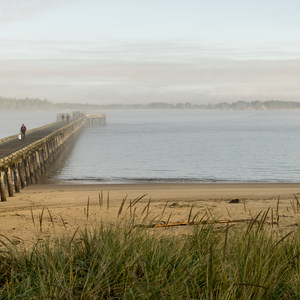
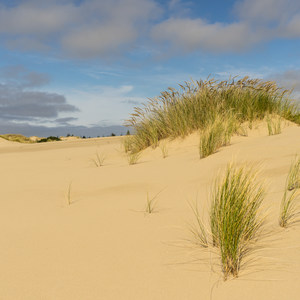



Comments
Sign In and share them.